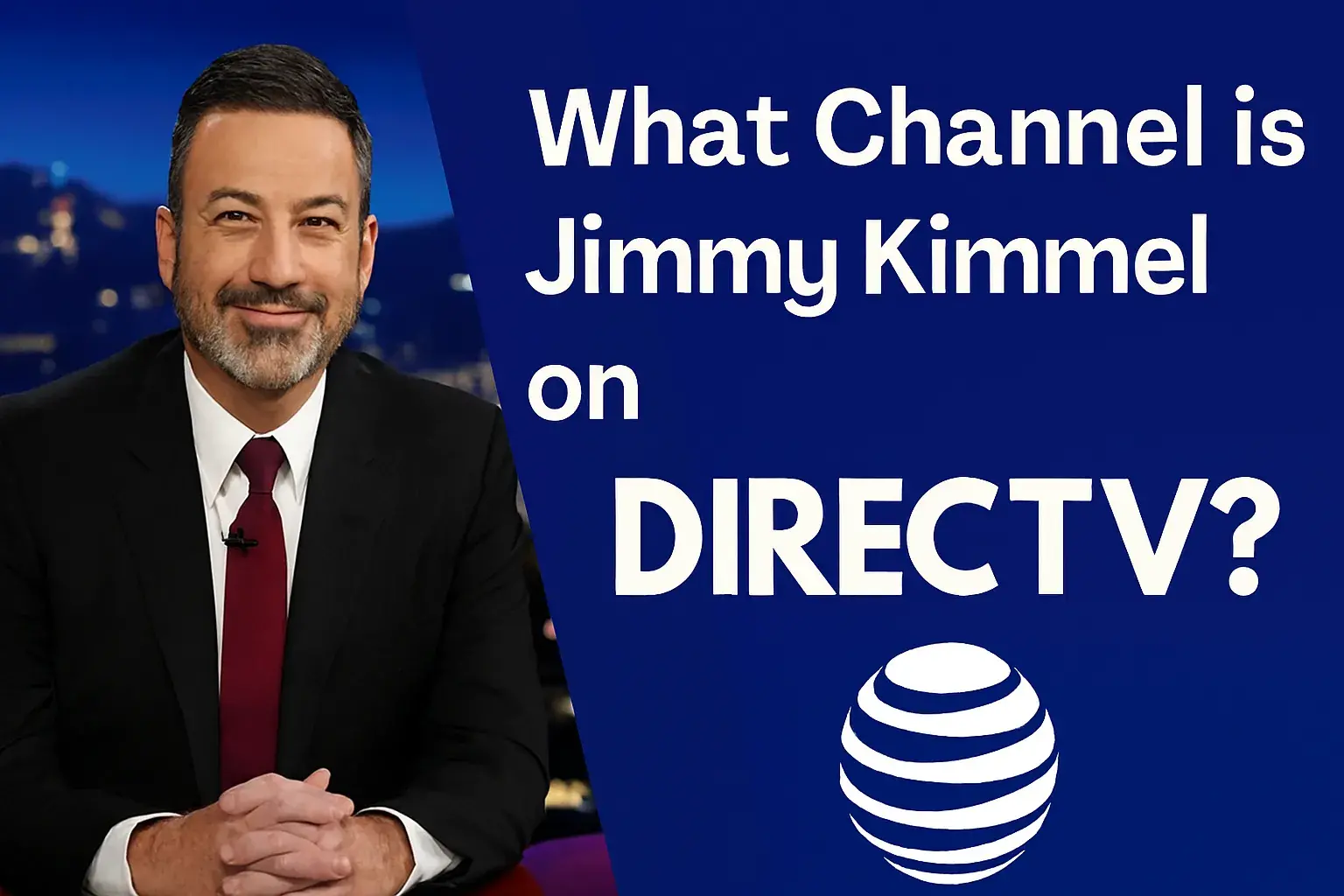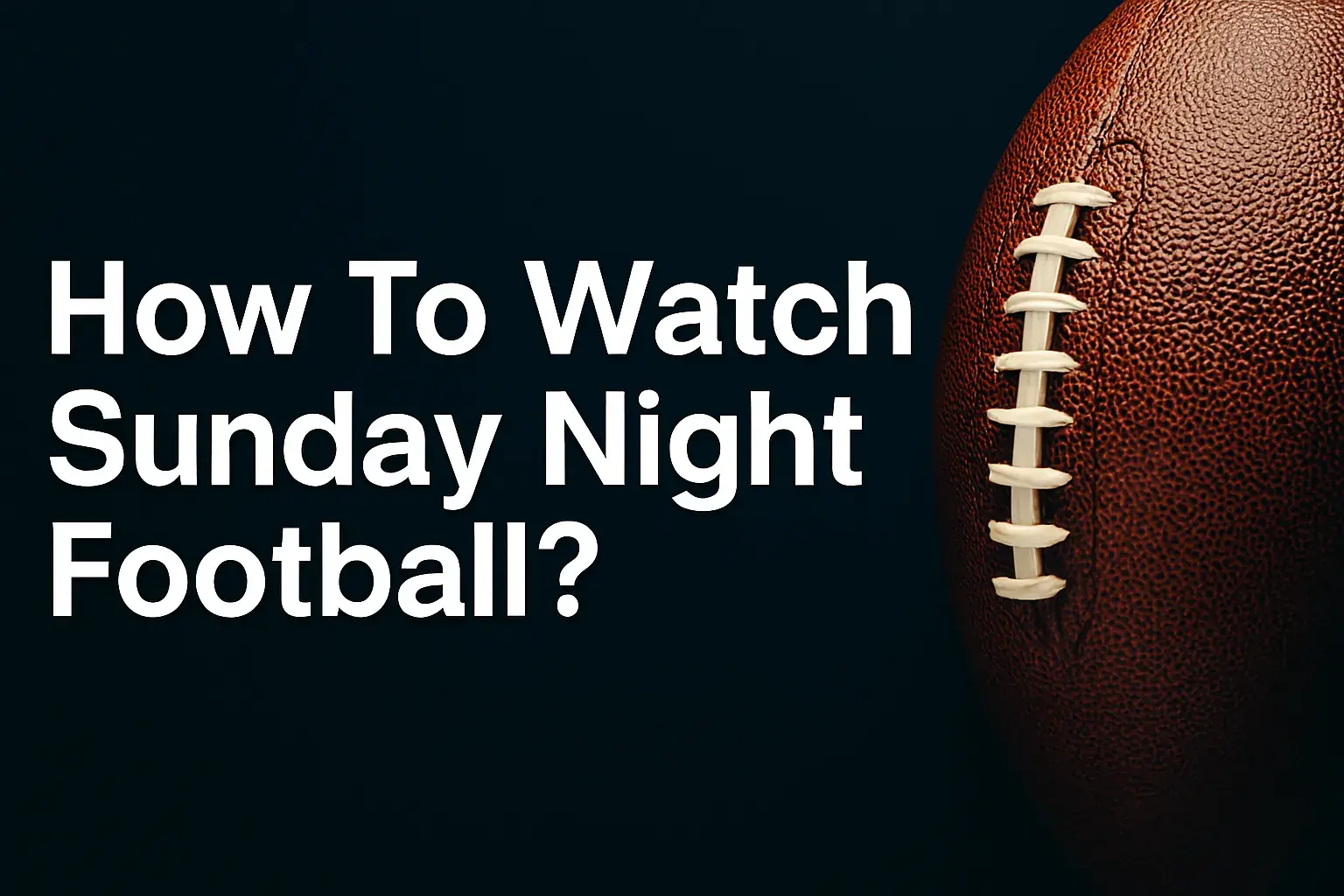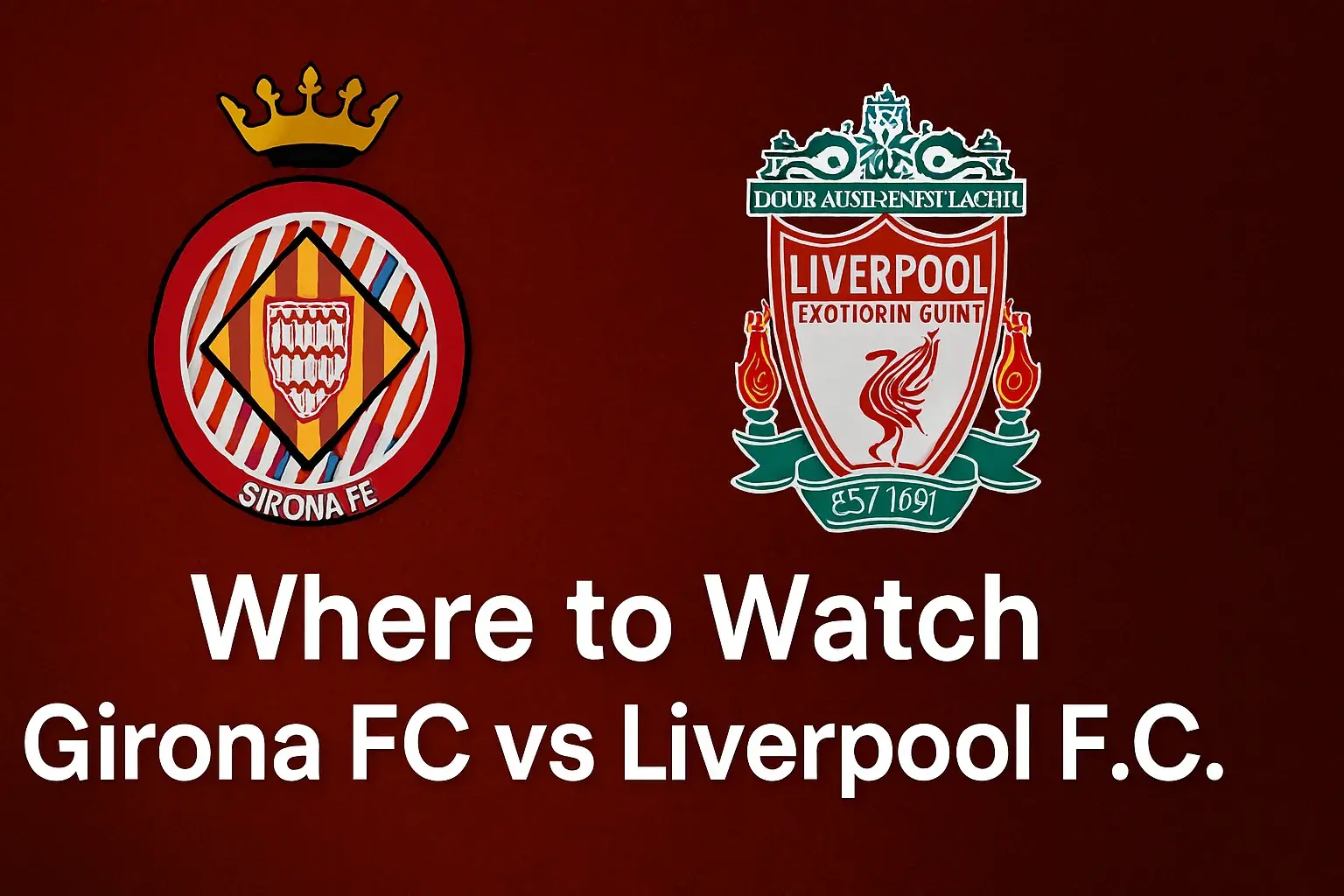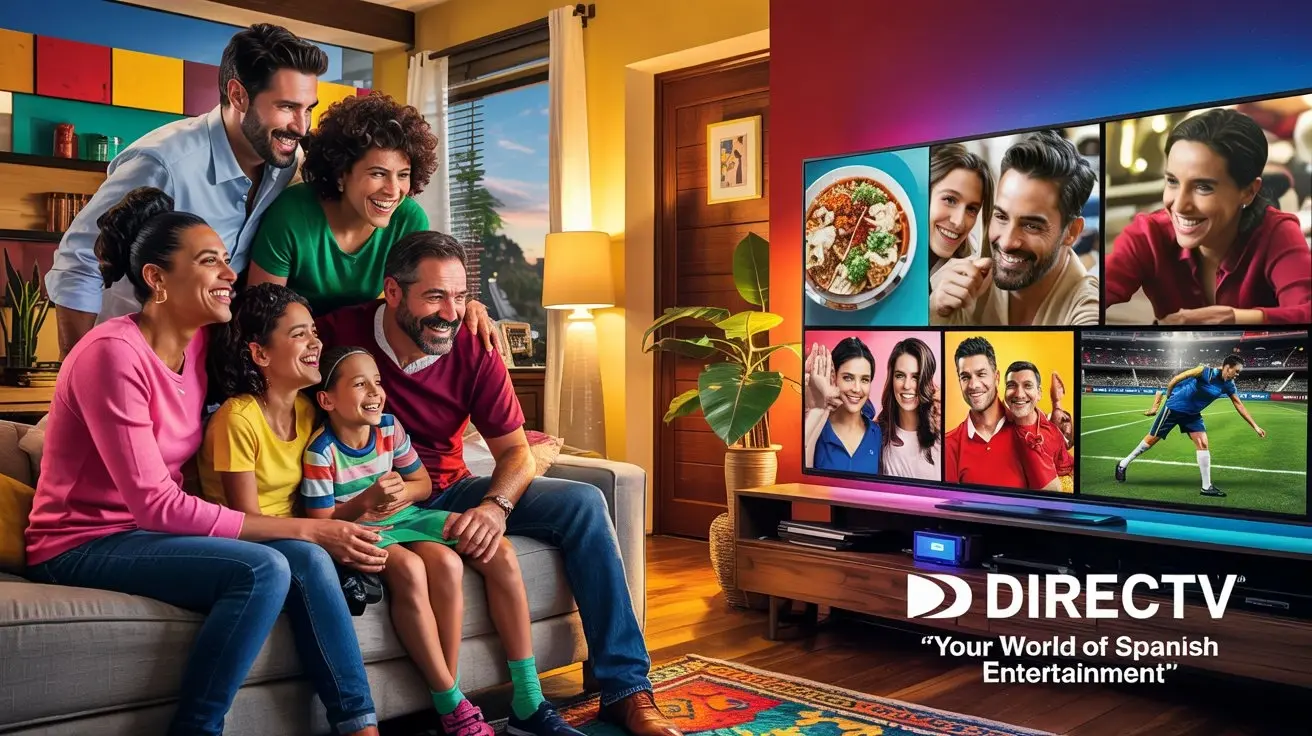-
Posted on: 08 Aug 2024
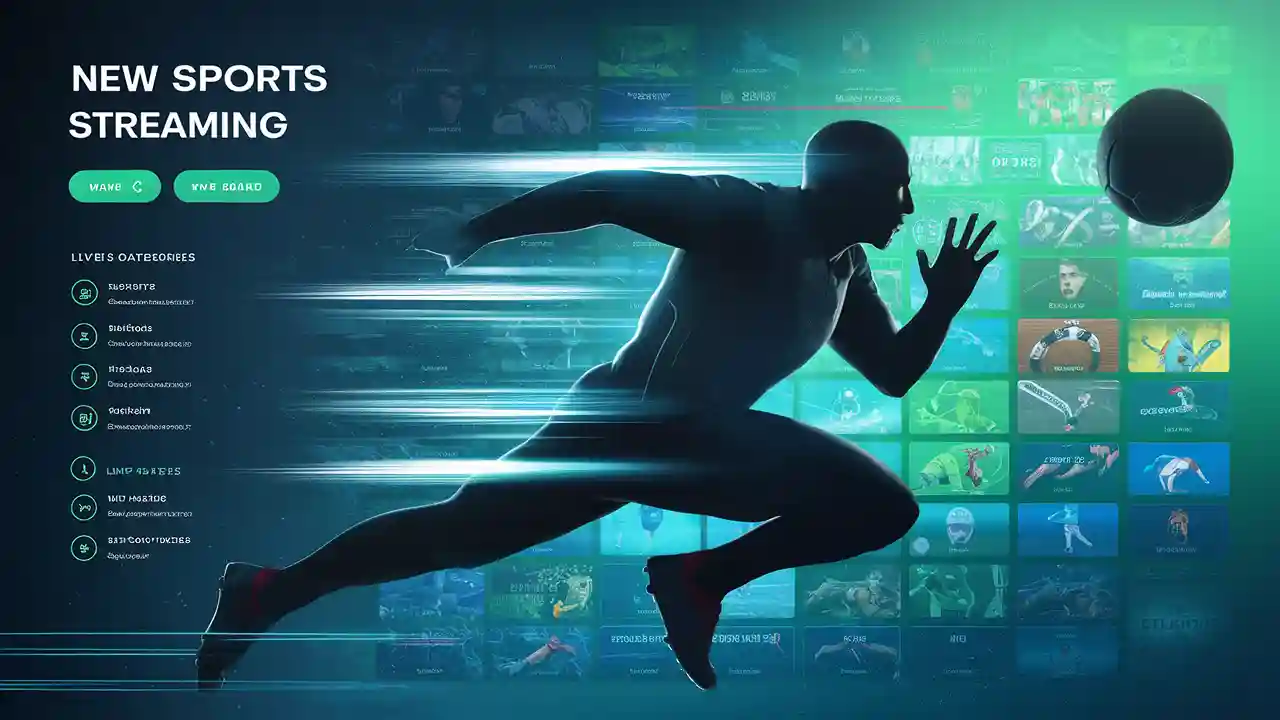
-
While people continue to cancel their cable TV subscriptions for expensive cable packages, there is an increased need for cheap sources to stream sports. A number of the big sports leagues and broadcasters are creating their own direct-to-consumer streaming services to address this need. However, concerns have been raised as to how much fans have to be willing to part with to get these new services.
The Expensive Nature of Sports Broadcasting Rights
However, to appreciate what a streaming platform may offer, a brief of the reason why sports programming costs this much will be useful. National leagues likewise offer media houses the rights to broadcast their games for very large amounts of money – the NFL, for instance, generates over $7 billion in annual revenues through the sale of such rights. media companies recover their costs by making the cable providers pay hefty subscription fees. Because of the high expenses that are recovered from the consumers through the big cable bundles they are forced to pay for channels they don’t use.
Pricing Was Pure: It Was Cheaper Than Cable But Not Cheap
It has been observed that the streaming of sports to the fans, can reduce costs because of the exclusion of agents in the middle. And since the rights for sports broadcasts cost a lot, the direct services will not be cheaper than other streaming entertainment. Unlike the $10-15 per month that Netflix is currently charging, a sports streaming service provider will offer a premium service in the range of 20-30 dollars per month. This is cheaper than some $80- 150 per month that packs in sports channels in the cable option. But it still gives a view of the higher wholesale price leagues charge the broadcasters who in return pass it to the fans.
Additional Cost Considerations
Some other factors that could influence the pricing model for a direct-to-consumer sports streaming platform include: Some other factors that could influence the pricing model for a direct-to-consumer sports streaming platform include:
- Number of leagues/sports offered: Expanding admission to cover multiple sports and events will raise costs.
- Production quality/features: They could add cost for improvements in other areas, such as using more cameras to show different angles of the court, or the ability to click and interact with statistics and data.
- Account sharing rules: The possibility of allowing the same subscriber to use the service across different households might also entice the company to set a higher price for the other features to compensate for the lost revenue.
- Advertising model: If the service solely depends on subscription then there could be a difference or if they include ads as well, it could also affect the pricing strategy. This is a suggestion that may enable the company to charge a lower subscription fee while still being able to include some of the ads.
The Bottom Line
Even an OTT all-sports SVoD platform that could save a lot of money for consumers compared to current cable bundles that carry far too many sports channels of little interest could still cost a pretty penny. It emerged that the expensive broadcast rights mean that even for a single-sport package, the product will end up costing between $20-30 per month. But this is still a discount as against unmanageable cable bills that compel users to pay for programs they never intend to watch. More specifically, it will be impossible to mention the exact price because it depends on many factors such as production quality and account sharing policy.
Transform your viewing experience with DirecTV! Call us today at +1 855-213-2250 to explore our plans and find the perfect package for you. Our experts are ready to assist you and get you set up with top-notch entertainment. Don’t wait—contact us now!
